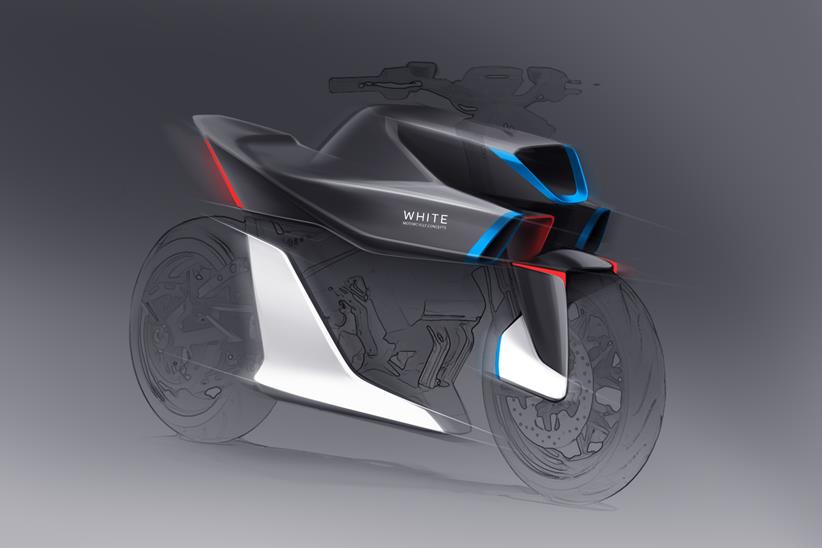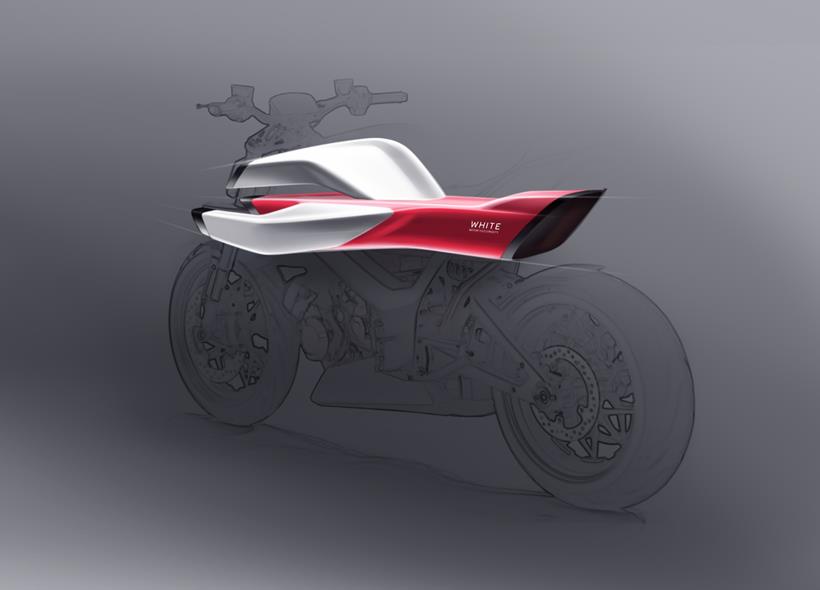White Motorcycle Concepts collaborate with Pininfarina on aerodynamic forced induction hybrid design

Northamptonshire-based technology specialists White Motorcycle Concepts (WMC) have begun a new partnership with Italian design house Pininfarina, delving into the potential aerodynamic properties of future two-wheelers.
The British brand first grabbed headlines in 2021 with their WMC250EV land speed record bike – which showcased a large cylindrical hole through the centre of the body for a claimed 70% reduction in drag compared to the best conventional road bikes.

The technology has since also been incorporated on a hybrid WMC300FR three-wheeler, based on the Yamaha Tricity and has been used by Northamptonshire Police community officers. Since then, the brand has also collaborated with American electric firm Zero, building a one-off SR/S concept.
“The duct concept has always been about improving efficiency no matter the fuel source,” WMC Founder, Robert White said. “This collaboration has taken this to the next level showing how the duct can provide functional performance as well as be an aesthetic feature for future motorcycles.”

The Pininfarina sketches were officially shown on March 6, with White invited to speak at the firm’s 95th anniversary celebrations and highlight how their patented aerodynamic duct system could improve the efficiency of future road bikes.
The first product of the partnership is the set of design sketches you see here, showing a duct-equipped upright naked roadster, powered by a small, forced induction combustion engine linked to a hybrid system.

As in previous applications, air is funnelled through the bike from under the handlebars and out from under the rider’s seat – reducing drag to improve fuel efficiency.
Pininfarina have been responsible for some of the most striking supercar designs in history – working with Ferrari since 1951 – and have operated a wind tunnel service since 1972.
After years of adaptation, they can now assess both aerodynamic and thermal comfort of motorcycles, either with a test rider or dummy in place.






